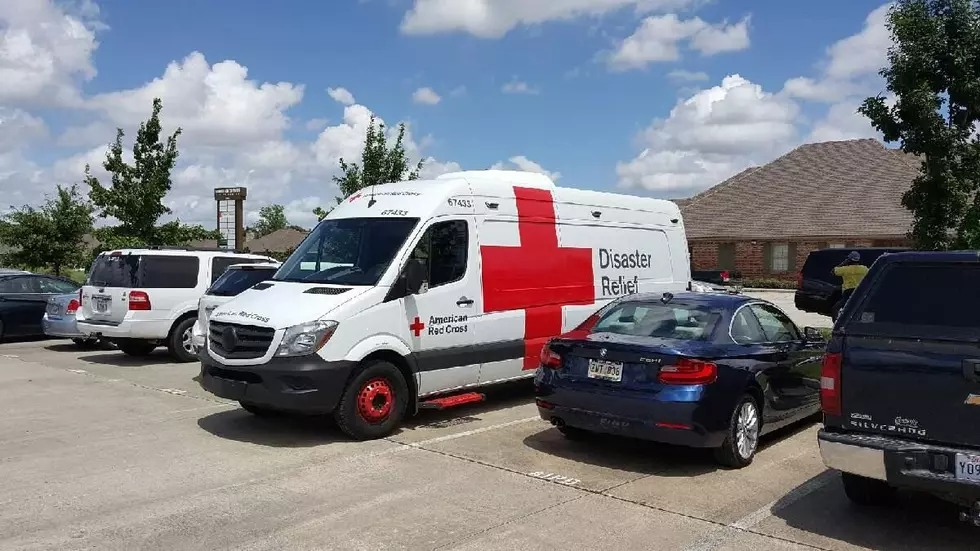
June 22 Through 28 Is Lightning Safety Awareness Week
This is Lightning Safety Awareness Week, and the American Red Cross has some important information about lightning and what you can do to stay safe.
The Red Cross says every thunderstorm produces lightning, which kills more people each year than tornadoes or hurricanes. While thunderstorms can happen year round, thunderstorms and lightning occur more at this time of year.
“It is critical to know the dangers associated with lightning,” said Red Cross Executive Director Reid Brau. “Taking simple precautions can help families and individuals keep safe when lightning threatens.”
LIGHTNING SAFETY TIPS
· Keep an eye on the sky. Look for darkening skies, flashes of light, or increasing wind. Listen for the sound of thunder.
· If you can hear thunder, you are close enough to the storm to be struck by lightning and should go to safe shelter immediately.
· Listen to NOAA Weather Radio, commercial radio, or television for the latest weather forecasts.
· Even if there isn’t a threat of tornadoes in the area, you can access emergency preparedness information and receive severe thunderstorm watch and warning alerts by downloading the American Red Cross Tornado App.
As the storm approaches, take shelter in a building. If driving, pull off the roadway and park. Stay in the car with the windows closed and turn on the emergency flashers. Avoid touching metal or other surfaces that conduct electricity in and outside of the vehicle. If indoors:
· Unplug appliances. Avoid using the telephone or any electrical appliances. (Leaving electric lights on, however, does not increase the chances of a home being struck by lightning).
· Avoid taking a bath or shower, or running water for any other purpose.
· Turn off the air conditioner. Power surges from lightning can overload the compressor, resulting in a costly repair job.
· Draw blinds and shades over windows. If windows break due to objects blown by the wind, the shades will prevent glass from shattering into the home.
If caught outside during a thunderstorm and unable to reach a safe building, avoid high ground; water; tall, isolated trees and metal objects, such as fences or bleachers. Picnic shelters, dugouts and sheds are not safe.
If swimming, clear everyone from the water at the first sound of thunder or first sight of lightning. Have everyone move inside, if possible. The National Lightning Safety Institute recommends waiting 30 minutes after the last lightning sighting or sound of thunder before resuming activities.
LIGHTNING FIRST AID
People struck by lightning can suffer permanent injuries or long-term symptoms including memory loss, sleep disorders, chronic pain, numbness, dizziness, irritability, weakness, fatigue, depression and others.
If someone is struck by lightning, check for burns and other injuries. If the person has stopped breathing, call 9-1-1 and begin CPR. The Red Cross First Aid App can help you know how to respond to these life threatening circumstances. Learn more about the app HERE.
For more information on what to do to stay safe during these dangerous storms, visit this Red Cross website link.
More From News Radio 710 KEEL









